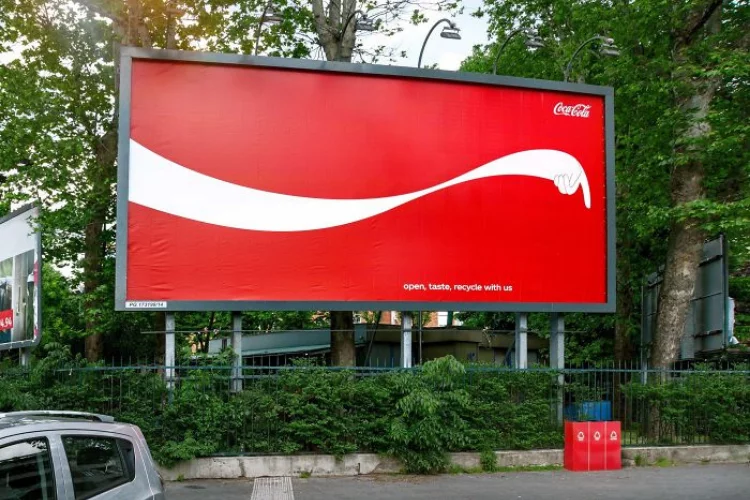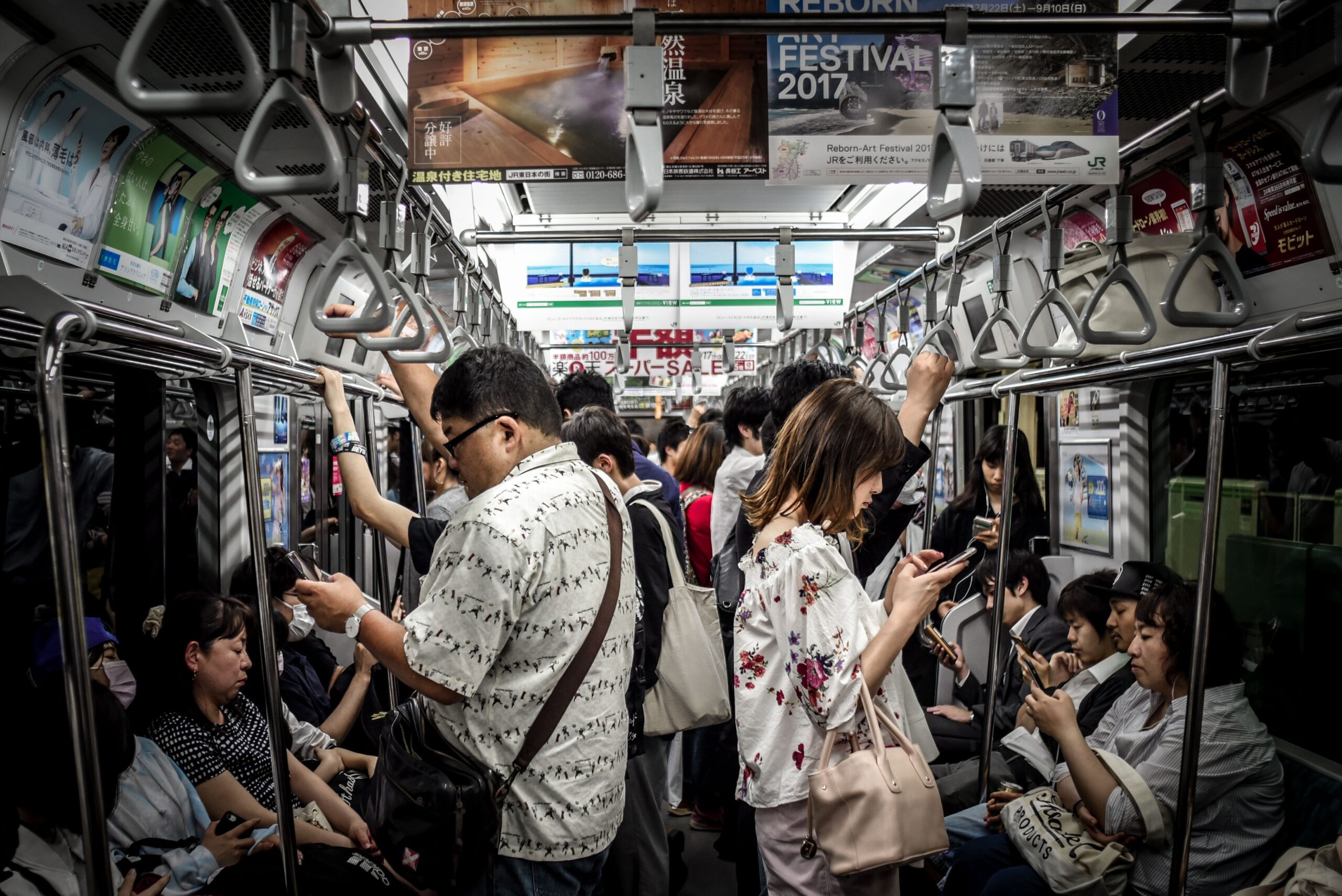What Does Advertising ‘Success’ Look Like in Today’s Attention Economy?
Over the past several years, all eyes have turned towards the attention economy. The attention economy refers to the changes in value we as a society ascribe to information. As recently as the 1970s, information was scarce, inaccessible, and highly centralised, but with the advent of the Internet, this was flipped on its head almost overnight. Now, information is so plentiful and accessible that many of us simply don’t have the time or interest to consume even a fraction of what’s available.
From an advertising perspective, ‘mental overload’ is one of the more pressing consequences of the attention economy. Amongst a never-ending social media feed and an over-stuffed inbox, it’s more difficult than ever to break through the clutter and ensure your advertising meets human eyes. Although the battle for attention is a hard-won war, there are several different strategies to maximise the value of your marketing dollar and create real brand impact.
Focus on nudging your brand through visible and consistent creative, but don’t feel the need to be persuasive
An old marketing rule that persists today is the belief that good advertising is persuasive – something capable of manipulating customers’ desires and intentions even beyond their conscious awareness. Yet the truthfulness of this belief has long

been questioned, particularly in research showing that nearly half of contemporary advertising made no attempts to persuade, but are successful, nonetheless. If advertising is indeed persuasive as is claimed, then how could this be? The best answer to this question is that advertising first-and-foremost nudges customers in a particular direction, thereby reinforcing existing behaviours and desires.
What this means for brand creative executive is that often ‘less is more’. By emphasising subtle but repeated exposures to brand assets throughout and across creative executions, customers can start to establish connections between the ad and the brand. The value of this approach is its versatility – while traditional ‘persuasive’ elements tend to require greater levels of viewer engagement, ensuring brand iconography is as visible as possible, for as long as possible, means that engaged and distracted customers alike come away, at least, with some greater association with the brand.
Consider how AI handles your ads – is it right for your brand?
Depending on the size of your brand or need for advertising, programmatic advertising may or may not be a familiar term. Known as the backbone of most digital advertising campaigns, programmatic trading is a term used to describe a complex marketplace where ads are bought and sold at incredible scale and speeds using AI and machine learning.

Understandably, this has allowed brands to reach more customers than ever before, as it doesn’t rely on manual work at the hands of a marketing manager with only so many hours in the day. Yet, the issue arises when AI’s idea of ‘optimisation’ (based on highly technical mathematical formulas) doesn’t match what we as humans would deem impactful advertising. Case in point, in one study more than half of all ads served to audiences could not be verified as even being seen by a human.
There has been a fervent rise in interest towards alternative metrics of advertising impact in recent years, most notably in regard to attention metrics. Attention metrics, based on big data using eye tracking methods, provide greater specificity than inferred engagement metrics like ‘time-in-view’ as they are based on real human attention. If accuracy is what you seek, then consider implementing attention metrics in your own programmatic activity.
Maximise attention by optimising your media spend
Last but not least, the elephant in the room – not all media platforms are created equal, nor do they provide the same level of ‘bang-for-your-buck’. According to Peter Field and Rob Brittain, certain media platforms provide more engaged, ‘higher-attention’ audiences. Although these platforms come at a cost, they note that spending less on lower attention media platforms simply because they are cheaper may actually end up costing brands more in the long run.
Altogether, the attention economy represents opportunity, not a death sentence, for marketers. Through adopting a ‘nudging’ approach to advertising executions and considering the metrics by which success is defined, brands can inch closer to knowing the true impact (and therefore value) of their advertising efforts.




